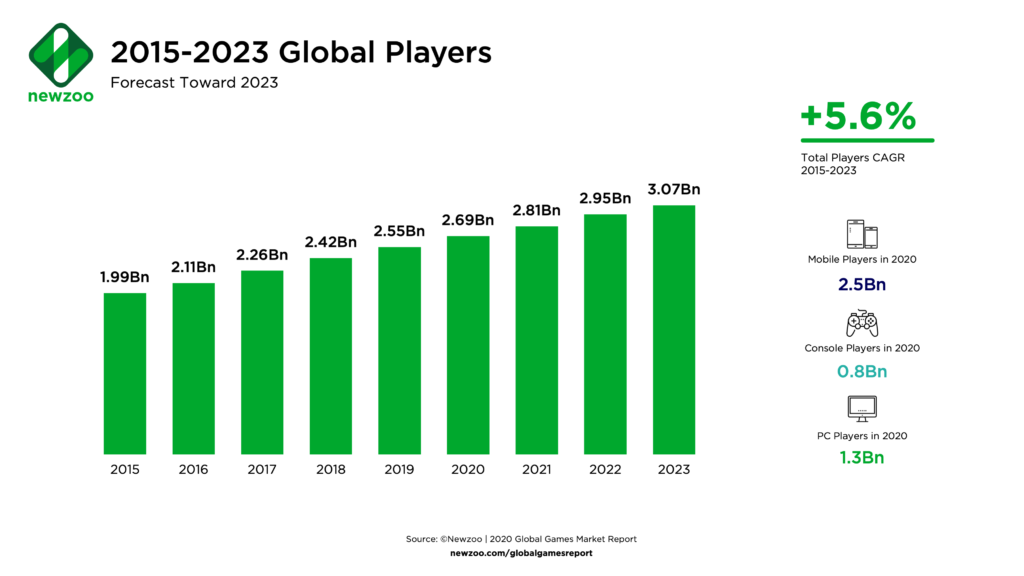
Publication date: 7 September 2020
In spring 2020, when traditional sporting events were cancelled, many sports betting lovers focused on esports. What is esports? How can a person join esports? How much do pro players earn?
What is esports?
Esports is a form of competition using video games. Competitions are held between individual players or teams. The most popular esports disciplines are Counter-Strike: Global Offensive, Dota 2, Hearthstone, Overwatch, League of Legends, FIFA, StarCraft 2, PUBG, Fortnite. Esports is constantly changing: new disciplines appear, new formats are added, games receive updates.
Esports players are people who professionally perform in one of esports disciplines and take part in tournaments and competitions. They receive prize money from tournament wins or get salaries from organizations they perform for. Prize funds can reach hundreds of thousands of dollars. The record was set at The International 2019 Dota 2 Championship and amounted to 3,000,000 dollars. Pro players not only take part in competitions but also train a lot (up to 12 hours a day), analyze mistakes, study guides, develop strategies.
How will the esports audience be changing?
At the dawn of esports, at the end of the 20th century, a teenager was considered as a classic gamer. In 2020, the average age of gamers is 34 years.
Analysts expect millennials (people born in 1982-2004) to reach the peak of their purchasing power and constitute the major part of the esports society by 2021.
According to Newzoo analytical company, there will be 2.5 billion gamers playing on mobile and 0.8 billion on console by the end of this year. Growth markets in regions like the Middle East and Africa contribute largely to the increase in the number of gamers.
In 2022, the Middle East and Africa are expected to surpass even Europe’s player numbers. Many players there are entering gaming via free-to-play games on mobile.
The Asia-Pacific region still remains the largest market with 54% of global gamers. Europe is in the second place, the Middle East and Africa are in the third. In-game-transaction revenues—the core mechanic of the free-to-play monetization model—account for 74% of the global games revenues this year.
It can be said with confidence that esports is the most popular sport in 2020. It boosts development of the gaming industry because tournaments and other events attract many investors and advertisers.
Share it with your friends via favorite social media




























